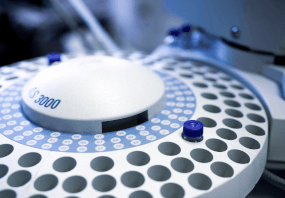General description
A cell-permeable, bioactive, non-toxic quinoline based compound that acts as a highly potent, ATP-non-competitive, tight-binding type II TAM (Tyro3, Axl, and Mer) kinase inhibitor (IC50 = 8, 29, and 5 nM, respectively for Tyro3, Axl, and Mer). Occupies both the ATP binding cleft and an adjacent hydrophobic pocket. Also displays inhibitory activity against Met, Aurora B, Lck, and Src, but only at relatively higher concentration (IC50 = 35, 36, 51, and 338 nM, respectively). Displays modest selectivity over 39 other protein kinases (at ~1 µM). Reduces the proliferation of selected cancer lines (~ 15 µM). By inhibiting TAM receptors, it enhances anti-metastatic activity of natural killer (NK) cells via TAMR/E3 ligase (Cbl-b; casitas B-lineage lymphoma-b) pathway modulation. Reduces the number and size of 4T1 micro metastases in the liver of an orthotopic murine model of metastatic breast cancer without apparently affecting the primary mammary tumor. Also shown to reduce metastatic spreading of B16F10 melanomas, an effect that is abolished upon NK1.1 depletion.
A cell-permeable, bioactive, non-toxic quinoline based compound that acts as a highly potent, ATP-non-competitive, tight-binding type II TAM (Tyro3, Axl, and Mer) kinase inhibitor (IC50 = 8, 29, and 5 nM, respectively for Tyro3, Axl, and Mer). Occupies both the ATP binding cleft and an adjacent hydrophobic pocket. Also displays inhibitory activity against Met, Aurora B, Lck, and Src, but only at relatively higher concentration (IC50 = 35, 36, 51, and 338 nM, respectively). Displays modest selectivity over 39 other protein kinases (at ~1 µM). Reduces the proliferation of selected cancer lines (~ 15 µM). By inhibiting TAM receptors, it enhances anti-metastatic activity of natural killer (NK) cells via TAMR/E3 ligase (Cbl-b; casitas B-lineage lymphoma-b) pathway modulation. Reduces the number and size of 4T1 micro metastases in the liver of an orthotopic murine model of metastatic breast cancer without apparently affecting the primary mammary tumor. Also shown to reduce metastatic spreading of B16F10 melanomas, an effect that is abolished upon NK1.1 depletion.
Please note that the molecular weight for this compound is batch-specific due to variable water content. Please refer to the vial label or the certificate of analysis for the batch-specific molecular weight. The molecular weight provided represents the baseline molecular weight without water.
TAM Receptor Kinase Inhibitor, LDC1267, is a cell-permeable, tight-binding "type II" TAM kinase inhibitor (IC₅₀ = 8, 29 & 5 nM for Tyro3, Axl & Mer). Enhances anti-metastatic activity of NK cells.
Biochem/physiol Actions
Cell permeable: yes
Primary Target
Tyro3, Axl, and Mer kinases
Secondary Target
Met, Aurora B, Lck and Src kinases
Target IC50: 8, 29, and 5 nM for Tyro3, Axl, and Mer, respectively
Warning
Toxicity: Standard Handling (A)
Reconstitution
Following reconstitution, aliquot and freeze (-20°C). Stock solutions are stable for up to 3 months at -20°C.
Other Notes
Paolino, M., et al. 2014. Nature.507, 508.
Legal Information
CALBIOCHEM is a registered trademark of Merck KGaA, Darmstadt, Germany
- UPC:
- 51112000
- Condition:
- New
- Availability:
- 3-5 Days
- Weight:
- 1.00 Ounces
- HazmatClass:
- No
- MPN:
- 5338500001
- CAS:
- 1361030-48-9












